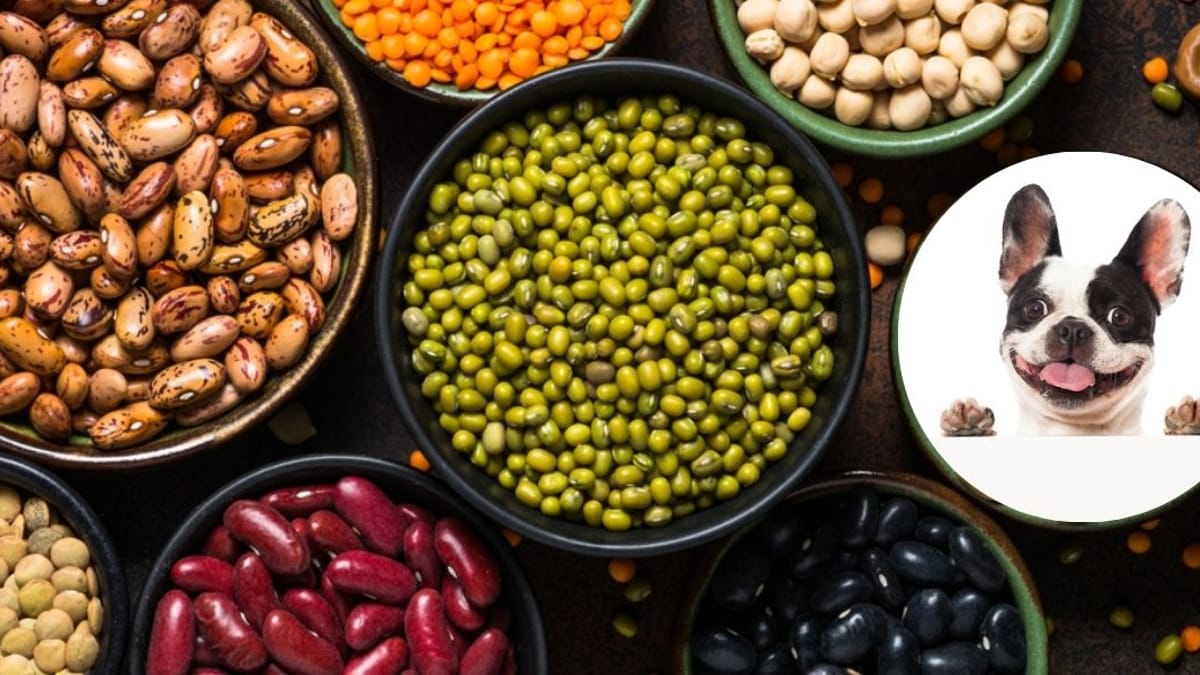Food source of vegetable proteins, vitamins and minerals, today we will find out if you can give legumes to dogs and what they imply in feeding a four-legged friend.
The only drawback is that, as with humans, they tend to accumulate air in the intestines. The most common legumes are:
- lentils;
- peas;
- beans;
- ceci.
Can dogs eat legumes?
The general answer is positive: giving legumes to dogs is an excellent idea because in this way it is supplied the right energy in few calories. This food represents a extra dose of nutrients and can accompany meat.
The important thing is not to mix ready-to-eat dog food, such as croquettes and cans of wet food with legumes or other fresh foods, because what is on the market is already balanced and has a different digestibility.
If, on the contrary, you prefer a food plan to prepare at home, where you also intend to include legumes, then ask your vet for advicewho will be able to tell you the quantity and quality of foods to add to daily meals, checking the general state of health of your dog and its gastrointestinal system.
Avoid DIY, always. Now let’s see in the specific case which are the most common legumes that the dog can eat.
What legumes can dogs eat?
Can Dogs Eat Beans?
Yes, the dog can eat beans, better if cooked and rather soft. An exception can be made for the green ones, which can also be served raw, but in the form of a single morsel, which the dog will enjoy playing with before eating.
Red beans, on the other hand, are rich in antioxidants and will help keep cholesterol at bay. In short, without exaggeratingalso serve this legume to your best friend.
How many chickpeas can dogs eat?
No problem even for chickpeas, a precious legume that, if served in moderationhelps digestion and brings many benefits to the dog’s body and intestines, because rich in fiber. Make sure, however, that they are not your pet’s main meal and above all dose the quantities in moderation.
Chickpeas to dogs, like all legumes, can cause air in the intestines, leading to several ailments, including aerophagia and indigestion. Give them to your dog, but in moderation.
Can Dogs Eat Peas?
The same goes for peas, considered the best of legumes, also for the health of our dog. This food, in fact, is rich in fiber and mineral salts, such as potassium, which it’s good for the heart and the arterial system. Not only that, the presence of phosphorus and vitamin E preserves bones and fights free radicals, just as it is important that peas contain lutein and zeaxanthin, fundamental elements for eye health.
In short, peas for dogs are a panacea if included in their diet, but only if added sparingly. Eating these legumes in excess not only neutralizes any of the benefits described above, but also creates digestive problems. So, first consult your vet to get the right amount recommended, then adjust with the portions.
How many lentils to give your dog?
Finally, the dog can also eat lentils, even if the general rule that applies to all legumes applies: if you want your dog to benefit from all the nutrients that these foods provide, you shouldn’t overdo it. A small amount once a week will suffice.

